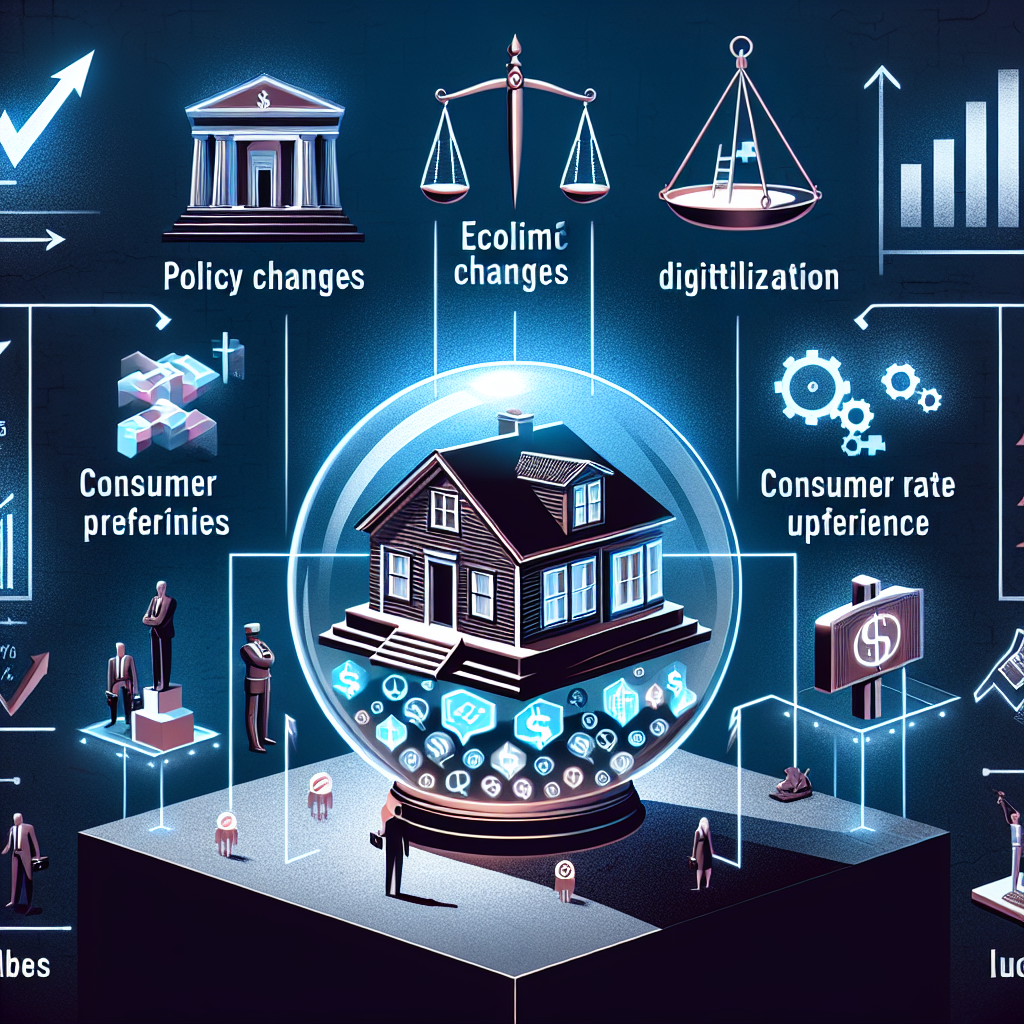 The best loan officers are still here. And many of them are finding business. The Mortgage Bankers Association has revised their annual loan origination estimates for 2023 down again, to $1.8 trillion in April, but that’s not stopping the seasoned pros. They know where to find new business, even in a down market.
The best loan officers are still here. And many of them are finding business. The Mortgage Bankers Association has revised their annual loan origination estimates for 2023 down again, to $1.8 trillion in April, but that’s not stopping the seasoned pros. They know where to find new business, even in a down market.
Of course, with nearly $2 trillion in new loan originations on the line, this is only a down market in comparison to the last few years. Our industry took a long time to break that $1 trillion mark.
Some might assume that the LOs getting all of the business are working for the giant independent mortgage bankers, who are still spending a lot of marketing money to bring new prospects into their call centers. Trying to be the first to offer a mortgage to a new home buyer is almost impossible in today’s market for this reason. Fortunately, there is a strategy smaller lenders can use that doesn’t require them to be the first to talk to a prospective new borrower.
In fact, this strategy works precisely because the originator who wins the business isn’t the first to discuss a new loan with the prospective borrower. It involves offering borrowers something the big lenders don’t: a second opinion.
The opportunity the big lenders are providing the industry
The reason why we know that the nation’s largest lenders are not delivering everything their advertising promises consumers is that they are not the only lenders left operating in our industry today. If they could make getting home financing that easy, there would be no business left for anyone else.
The truth is there is a small group of borrowers who qualify for the streamlined origination process offered by these big companies. Most applicants do not qualify. To process the volume of inquiries their massive ad budgets bring in, they shunt virtually every consumer who responds to an advertisement for an “easy” loan to a call center. If the borrower’s information suggests an easy loan to close, the applicant is moved into the LOS.
But that’s not what happens to most borrowers. The majority of borrowers who call into large call centers are sent away with homework and told where they can upload their documentation when they are ready to be considered again. They are not offered a promise of financing and they often leave the interaction with more questions than answers.
Many, perhaps most, of these applicants could qualify for a mortgage, but it wouldn’t be easy. There would be some work involved. They go away thinking they have failed. What they need is a second opinion.
What borrowers really want from a loan officer
When a good real estate agent sends business to a trusted business referral partner, they don’t expect their customers to be forced to fill out a lead form and then get pounded by telemarketers for days before finding out if they qualify for home financing.
No consumer goes in search of a mortgage with the goal of filling out another online lead gathering form. And yet, this is what has been happening.
It would be one thing if they got the loan they were seeking, but the vast majority do not. Studies show that less than 2% of online consumers close with the lender that paid for the lead. Each month, tens of thousands of leads are sold to mortgage lenders. So who are they closing with?
Borrowers close their mortgage with a trusted financial advisor who can explain to them how they can get financing for a new home and what it will mean to their future when they get it.
These answers are not coming out of the call centers. Borrowers are being forced to find their own answers. They’re going online to do it, but when they do they aren’t just looking for answers. They’re looking for guidance.
Five keys for succeeding as a second opinion LO
So, how can a loan officer find these borrowers and be the trusted advisor they are searching for. The answer is to make it easy for them to find you.
Here are five keys to accomplishing that.
- Know where to be. When prospects have questions that didn’t get answered in the call center (and they always have questions) they go online to find answers. In almost every case, they go to one of two websites. Google processes about 99,000 thousand new search requests every second. When borrowers go there, they have very specific queries. The good news is that there isn’t currently a great deal of competition for the specific search terms prospective borrowers are using to get clarification after leaving an unsatisfying call center encounter. YouTube is the number one search engine in the world for anyone under 35 years of age.
- Answer specific questions. While the rest of the world is using AI to quickly generate generic blog content in the hopes of ranking high for basic keywords, second opinion LOs are writing answers to the specific questions they know their prospects are asking. When the consumer goes online after visiting with a call center representative, their questions are always more specific. They likely have to do with the specific requests for information made by the first lender. LOs who provide that information will get a shot at their business.
- Make sure you can be seen. Being found is a good first step. You can do that by sharing your thought leadership on the specific topics that borrowers are asking. But if you really want to make an impression, you need to be seen. This is why smart brokers are relaunching their blogs, recording podcasts and getting comfortable on video cameras. Brokers who have already recorded videos that answer the questions borrowers have are going to come up when these prospective borrower’s search.
- Spend your budget where it will work for you. If you know that borrowers are looking for answers on Google and YouTube, you should consider spending the bulk of your marketing time, effort, and budget on those sites. There are two ways you can do this. You can buy ads on these platforms and you can lean into content marketing. I say “and” instead of “or” because you really need to do both.
- Get very good at providing concise answers. There are experts who can talk for hours on a simple topic and those who can make something very complex understandable in just a few minutes. Guess which ones consumers turn to when they need help on home financing.
Smart loans officers practice until they get very good at providing concise, meaningful answers to the very specific questions their prospects are asking now. If you struggle with this, and many of us do, consider working with a coach or video producer who can offer guidance and support.
The playing field is not level and larger companies will always have an advantage over smaller companies when it comes to attracting new mortgage leads. But it’s not an important advantage if they can’t close them.
Second opinion loan officers are real professionals who make it easy for prospective borrowers to find them after they have been kicked out of the call center without satisfaction.
When that happens, they win more business so they can keep serving borrowers long after the LOs who were just passing through have moved on.
About the author: Scott Schang is a mortgage originator and owner of the website findmywayhome.com, where hundreds of loan officers get matched up with borrowers seeking a second opinion on a new mortgage. Find out more at https://findmywayhome.com/.








